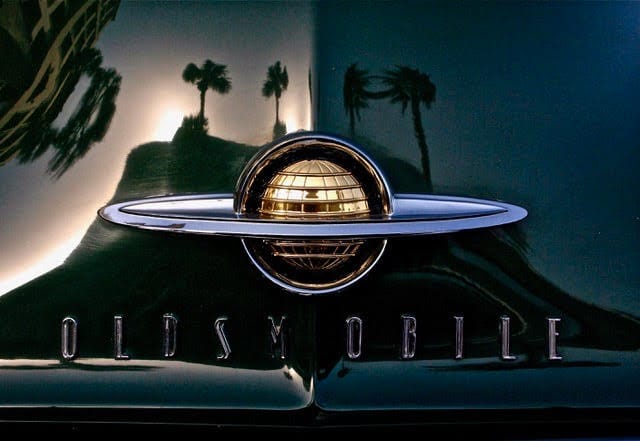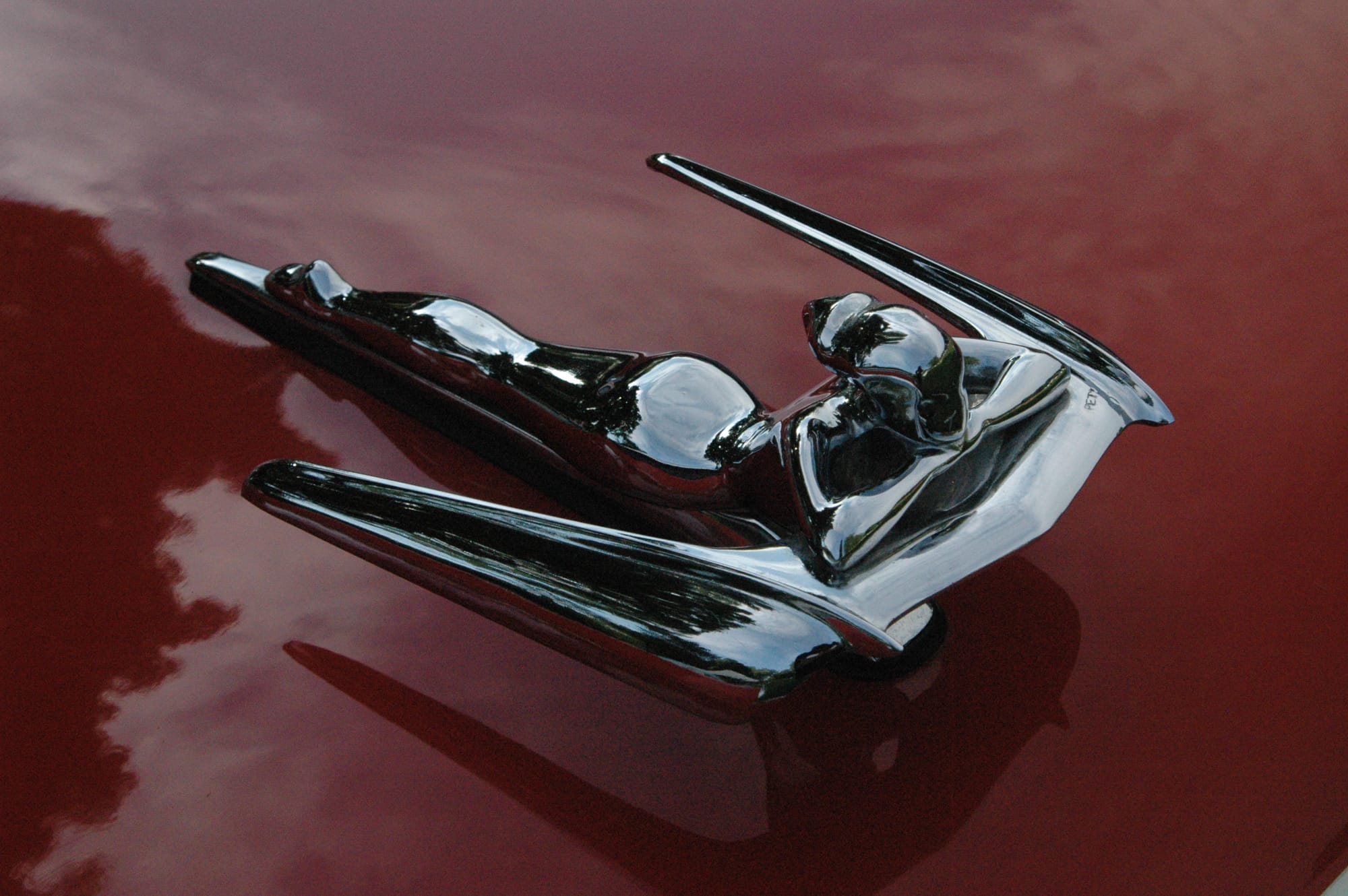For more than 40 years, Steve Purdy has been uncovering the fascinating stories behind some of the most unique and iconic hood ornaments in automotive history. These ornaments go beyond mere decoration; they represent craftsmanship, history and the changing design trends of their eras. In his book, Mascots in motion: images and stories about automotive aestheticsPurdy shares these stories through more than 300 pages of detailed images and insights. Here we’ve selected a few highlights from the book, offering a glimpse into the artistry behind these timeless automotive mascots.

Icons of the road

Rustic signals: This photo, taken on Amelia Island, shows an Oldsmobile ready for auction. In the upper left corner are reflections of the Ritz-Carlton, the venue for the country’s second-most prestigious Concours d’Elegance. The lighting in this setting has a unique quality, likely enhanced by the proximity of the property’s water features.

Silver speed: This is the gleaming Chrysler “Gazelle” captured at the EyesOn Design show at Ford House about five years ago. The day began with a warm mist, gradually turning to a light drizzle as the crowds arrived.
It was amazing how many owners stayed and how wet they let the cars get. By that time I had shot dozens and dozens of these dramatic images, with the raindrops adding an extra dimension. As I was leaving the show, a guy came in and said, “That’s a terrible day for a car show, huh?” I replied, “It’s a great day for a photographer.” – Steve Purdy

Abstraction: This image captures the reflections cast by a bright August sun on the grille slats of a Duesenberg SJ. The scallop effect is created by the vertical slats tilting in different directions from the center. With its abstract quality, this image would not look out of place in an art gallery.

Tribute to the British: This shows the mascot of The Ancient Order of Froth Blowers (AOFB). This organization is defined as “A convivial and law-abiding brotherhood of absorptive Britons who quietly consume and quietly enjoy with commendable regularity and frequency the truly British malt beverage, as their forefathers did and as Britons ever will do, and all the cowardly cuckolds from overseas be damned and including low-ranking, teetotalers and MPs and not-excepted nosy parkers, sneering religious busybodies and suburban fops who are all structurally solid bones from the chin up.”
Steve said he found it on the radiator cap of a 1920 Vauxhall.

Lalique crisis: René Lalique was a famous French artist at the turn of the century who specialized in glass and crystal. From about 1925 to 1935 he created and sold about 34 different crystal mascots. Most were illuminated from within. Few survived due to their fragility, but they are still produced by the company.

Military grade design: Charles Petty was the most famous pin-up artist of the 1930s, best known for his suggestive art displayed on the fuselages of World War II warplanes. The artist was hired to create a mascot for the Nash sedans after World War II and decided that this design captured the essence of the era. It is said that these are the only hood ornaments with the artist’s signature molded into them. Steve calls her the “Nash Babe.”
Here are a few more favorites.
A special thanks to Mr. Steve Purdy for sharing his time and these images. His dedication to capturing the beauty and history of car mascots offers a unique perspective on an often overlooked art form.
The book can be purchased from Steve’s website: www.shunpikerproductions.com
Subscribe to Auto Digest for more personal stories from the industry! Thanks for reading.
